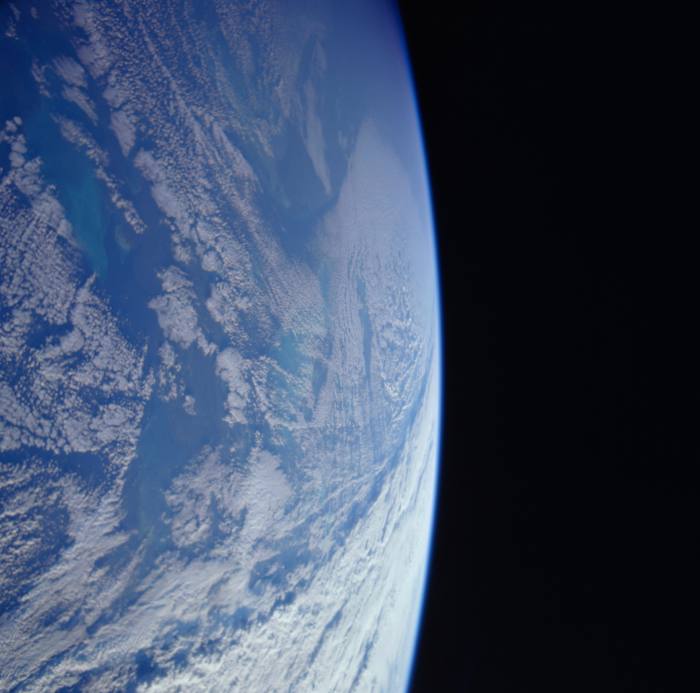Inside NASA: Unseen photos of astronauts training for a mission
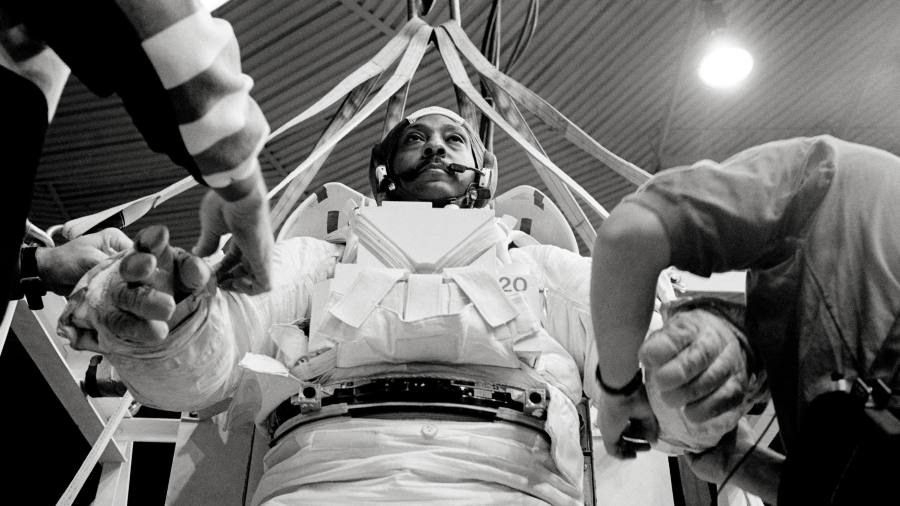
In 1995, while I was working as a photographer, I had the opportunity to meet in Berlin with a producer who was filming a documentary about NASA astronauts. I was asked to take some publicity photos, and of course I accepted. On December 6, it entered the Mission Control Center at Johnson Space Center in Houston, Texas, the same control center that made history with the Apollo moon landing in 1969.
There were six astronauts preparing for the STS-72 mission, which will leave Earth aboard the Space Shuttle Endeavor with the mission to return a Japanese research spacecraft from orbit. Brian Duffy, a former Air Force pilot, was the mission commander.
Over the next month, the film crew and I traveled between the two NASA space centers in Florida and Texas on several economic flights. On the other hand, the astronauts flew aboard their NASA T-38 supersonic jet. Many of the pictures I took were in the Neutral Buoyancy Laboratory, a large swimming pool where astronauts participated in complex and dangerous training exercises to simulate the weightlessness they would experience while traveling to space.
The crew was welcoming, albeit the focus was on the approaching launch day and the difficult schedule. I was in a privileged position to observe this closely related group at a critical time in the history of the space shuttle program. Each shuttle mission was plagued by technical problems and an ongoing battle with the US Congress for funding. The program cost an estimated $ 209 billion over its 30-year history until it closed in 2011.
The main objective of the mission was to test the ability of a new space suit design to withstand the coldness of space. © John Angerson
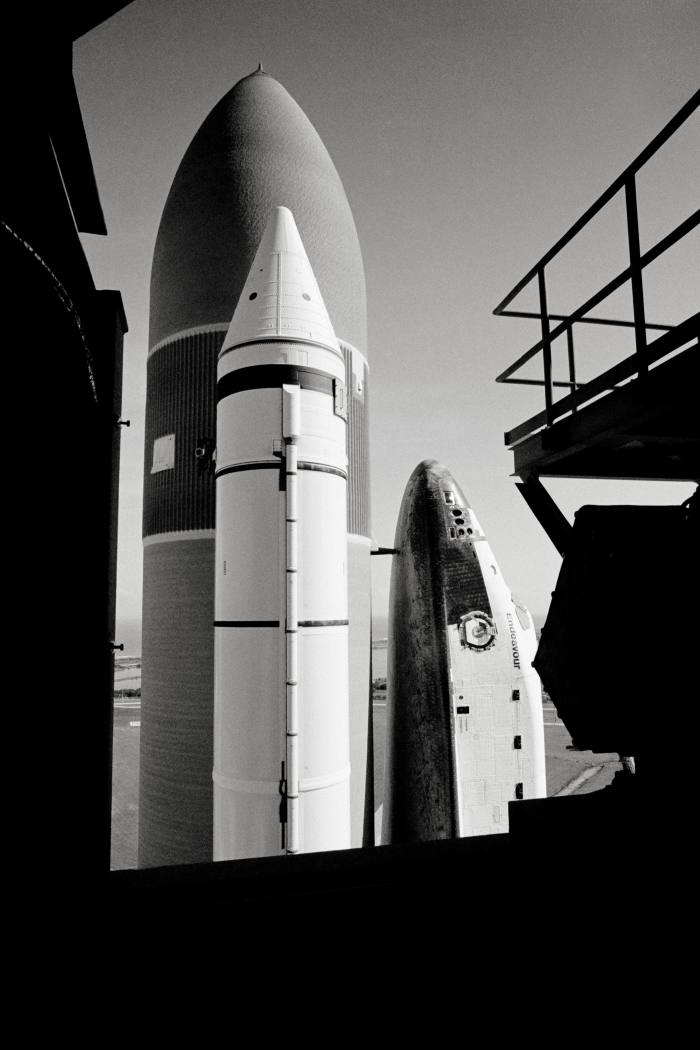
Endeavor photographed attached to the main engines of the Space Shuttle at Kennedy Space Center. © John Angerson
The photos depict the team’s camaraderie. I found their company comfortable and playful. Mission specialist Daniel T. Barry affectionately called MD due to my PhD; Koichi Wakata was known simply as the man.
The initial running of my photos from the STS-72 project was used on the pages of TV listings for magazines and newspapers when the documentary was released in 1996. I came back to work this year during the shutdown and found many of the pictures that I had overlooked that are now showing for the first time. Moreover, while researching mission history at the US National Archives, I discovered hundreds of photos that the STS-72 crew had taken in Earth orbit.
Twenty-five years later, looking at these photos, I think my arrival has allowed me to capture a unique intimacy between astronauts that is rarely seen.
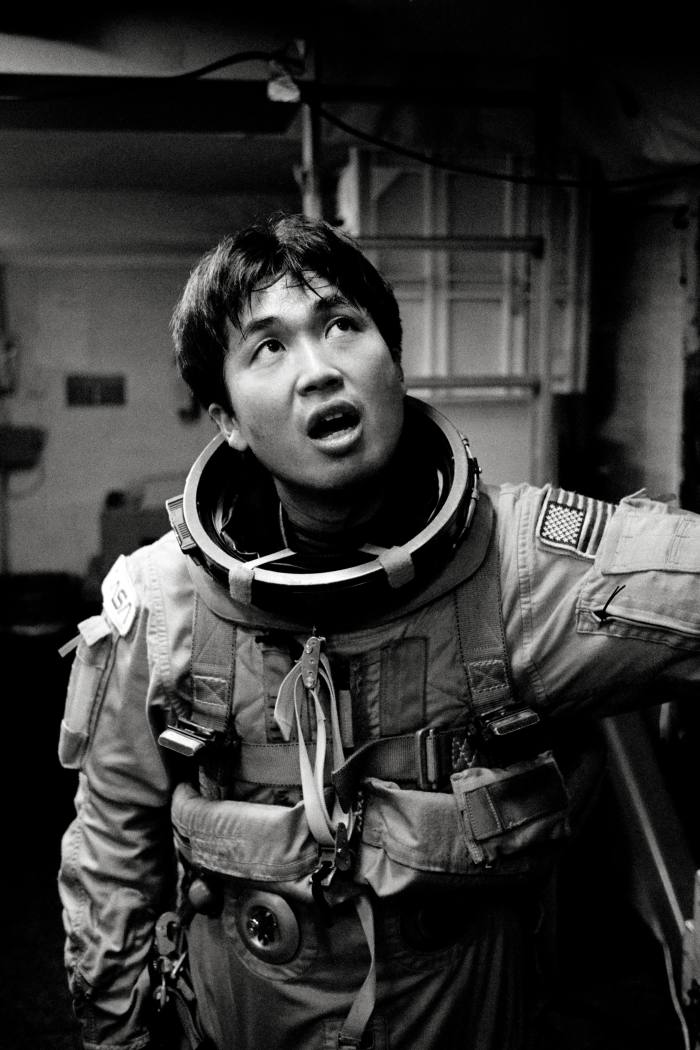
Koichi ‘The Man’ Wakata spent more than 11 months in space during his career and was the first specialist on the Japan mission. © John Angerson
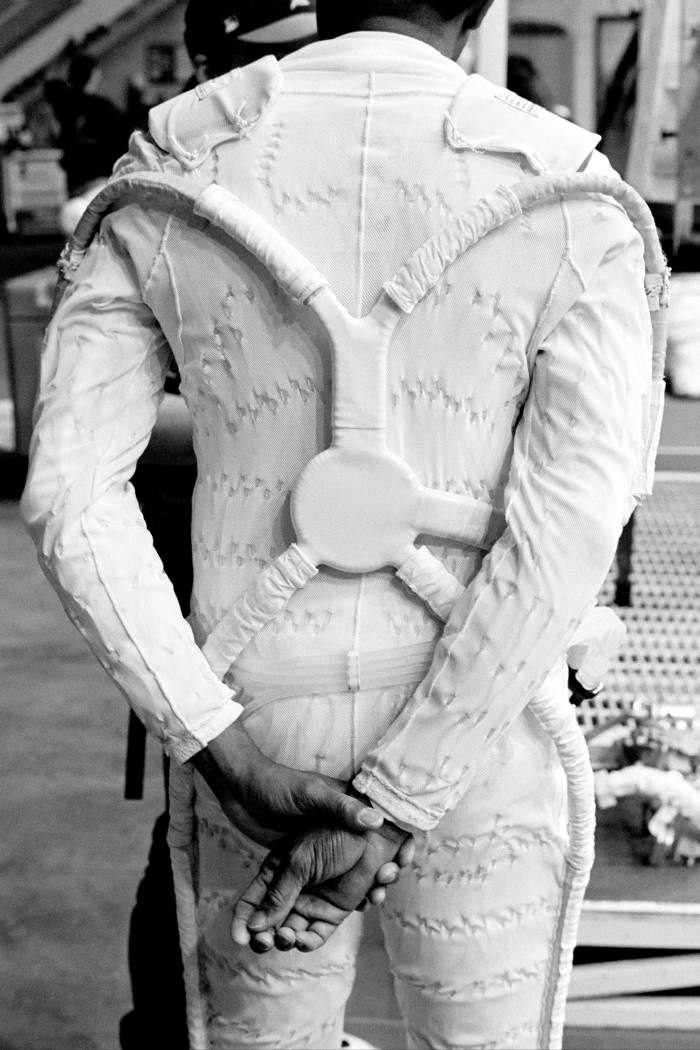
Winston E. Scott wears a spacesuit designed to protect him from extreme temperatures while on a spacewalk. © John Angerson
A NASA Earth image observed from the space shuttle Endeavor during its STS-72 mission in 1996. © NASA images provided by the National Archives
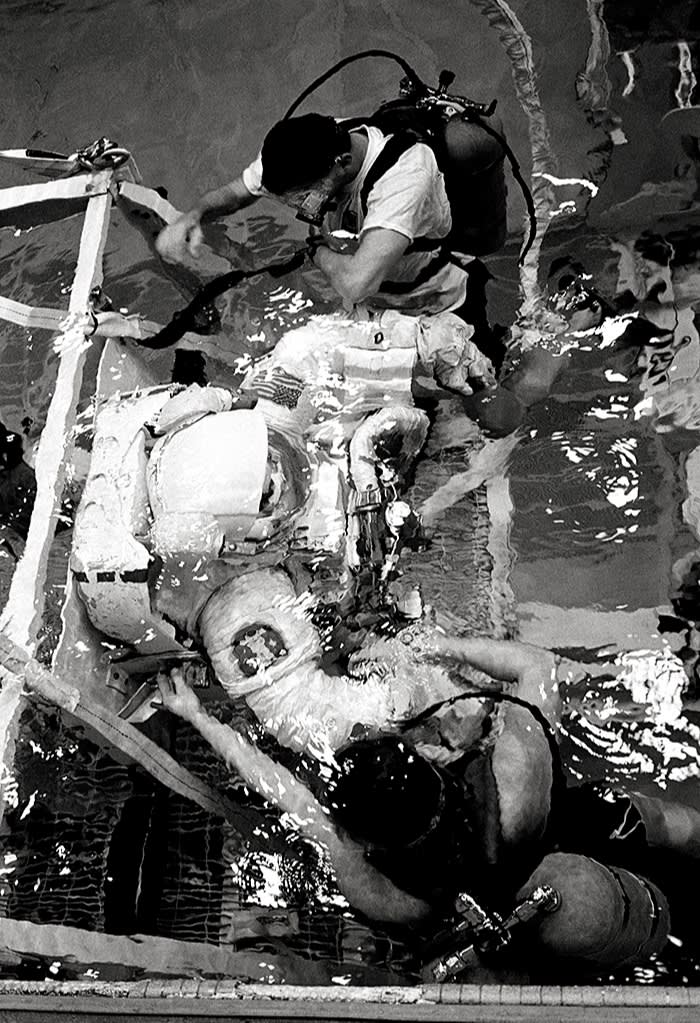
This photo by Angerson shows Scott descending into a plunge pool in a neutral buoyancy training exercise. © John Angerson
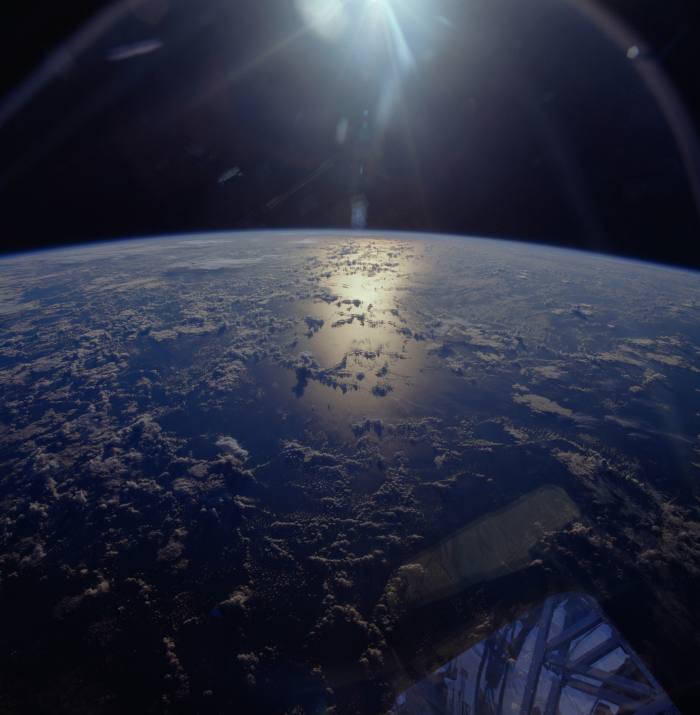
View of Earth captured by STS-72 crew, © NASA images from the National Archives
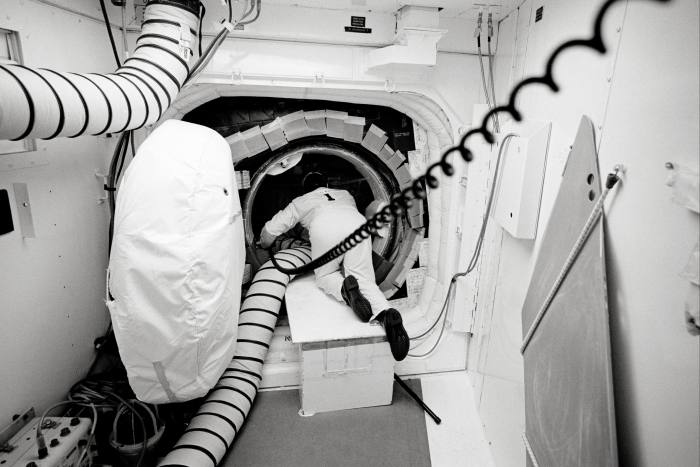
On launch day, the team locked up the astronauts inside the shuttle. © John Angerson
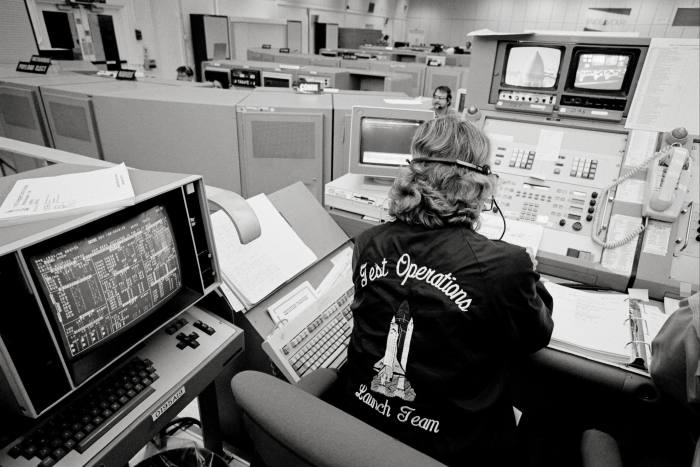
The control room at Johnson Space Center, Texas, where astronauts trained on STS-72 © John Angerson
The STS-72 is available by John Ingerson (£ 28) at johnangerson.com
Follow Embed a Tweet On Twitter to find out about our latest stories first. Listen to our podcast, Culture call, As FT editors and special guests discuss life and art in the time of the Coronavirus. Subscribe to an AppleAnd the SpotifyOr wherever you are listening to it.

“Coffee fanatic. Gamer. Award-winning zombie lover. Student. Hardcore internet advocate. Twitter guru. Subtly charming bacon nerd. Thinker.”

